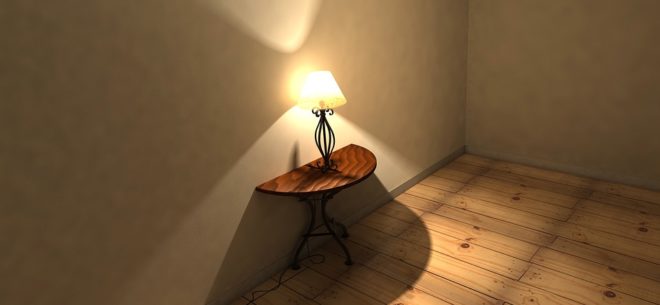
Is Engineered Wood Flooring the Right Choice for Your Home?
The installation of new flooring from a Hardwood Floor Installation Chicago company is often a straightforward process. But preparing to remodel your floors can sometimes be lengthy. You often spend countless hours researching products, finding a style of flooring that is ideal for your home, and making arrangements for delivery and installation. For many homeowners, it’s the first step that’s the most difficult. With such a saturated marketplace, flooring types can be hard to navigate. Even if you know the basics, technical terminology and updates in flooring technology can catch you off-guard, and you could make a decision that you regret further down the line. Alongside costs and appearances, it’s vitally important that you make sure that your new flooring is suitable for your home.
Engineered wood flooring is proving increasingly popular amongst homeowners, seeing a higher demand in recent years. But as engineered boards are a relatively new concept, information can be hard to come by. You may have already heard of the term, but still aren’t sure if it’s a flooring solution that is ideal for your home. If that’s the case, don’t worry. Our simple breakdown of engineered wood flooring should set you on the right track!
What Exactly is Engineered Wood Flooring?
Engineered wood flooring differs from traditional solid wood because of its unique construction. Whilst the surface of engineered boards consists of a solid wood veneer, the underside of the board is composed of multiple layers of compressed wood, such as plywood or HDF. Opposed to being milled from a single piece of timber, engineered wood flooring can be manufactured using waste wood and pulp. This doesn’t mean, however, that it looks different to its solid wood counterpart. In fact, engineered wood floors look and feel identical to classic hardwood flooring, with the added benefit of enhanced structural stability.
How Much Does Engineered Wood Flooring Cost?
Putting a fixed price on engineered wood flooring would prove difficult, as different styles, species, and dimensions make costs vary. However, on average, engineered wood flooring comes at a higher price than laminate, carpets, and LVT, but is still cheaper than solid wood. You could talk to Shadow Wood Flooring (https://www.shadowwoodflooring.com/hardwood-flooring/) or similar companies and check out the kind of prices they offer. Whilst this may be off-putting for those working towards a budget, the initial costs are worth it in the long run. Your engineered wood flooring will outlast the cheaper alternatives and has been known to increase the value of properties when it comes to selling.
How Much Maintenance Does Engineered Wood Flooring Require?
Similarly to solid wood, engineered wood flooring is naturally very low maintenance. The hardwood surface is highly durable, and proves resistant to minor spillages, scuffs, and scratches. A quick once over with a damp mop or cloth will remove any residual dirt or grime, so keeping your engineered wood flooring looking great is no great hassle. As engineered wood flooring has a lifespan that extends over 25 years, it is recommended that the boards should be sanded and refinished after several years of use. Whilst this may seem like a high maintenance task, it is easier and more cost-effective than having to reinstall new flooring, which is sometimes the only option with cheaper alternatives.
Does this mean Engineered Wood Flooring is a Good Choice for Family Homes?
In short: yes! Family homes are always full of energy and see a higher level of foot traffic than other abodes. With kids on the loose and pets running wild, engineered wood flooring will stand up to the extra wear and tear. In addition, engineered wood flooring provides more health benefits than other materials, such as carpets. As the hardwood surface doesn’t harbour excessive dust and debris, your home will remain clean and fresh for longer. However, one point you may need to keep in mind is whether or not it can sustain water damage, as well as the cost of its Flooring Reparation After Water Damage. If the answers to these are in your favour, then you are good to go with this material for your home flooring.
Where Can Engineered Wood Floors be Fitted?
Though a great choice, solid wood flooring is restrictive in terms of where it can be installed. Traditional hardwoods are susceptible to warping and shrinkages when placed in areas of high humidity and moisture, ruling out areas like kitchens. Fortunately, this isn’t the case for engineered wood flooring. Due to their unique construction, engineered wood floors are far more versatile, and can be placed in kitchens, areas with direct sunlight, and over underfloor heating. Whilst this type of flooring can handle the extra moisture, any fluids should be dried as quickly as possible. For this reason, it’s recommended that engineered boards aren’t installed in bathrooms.
Will Engineered Wood Floors Look Good in my Home?
Ultimately, this is down to personal preference. However, there’s good reason for the popularity of solid and engineered wood flooring. Species such as oak and walnut deliver stunning visuals, and are rarely seen out of fashion. In addition, engineered wood flooring is available in a variety of styles, colours, species, and shades, so whatever your interior décor, you can be sure you’ll find something that’s a perfect fit.
[ssba]
